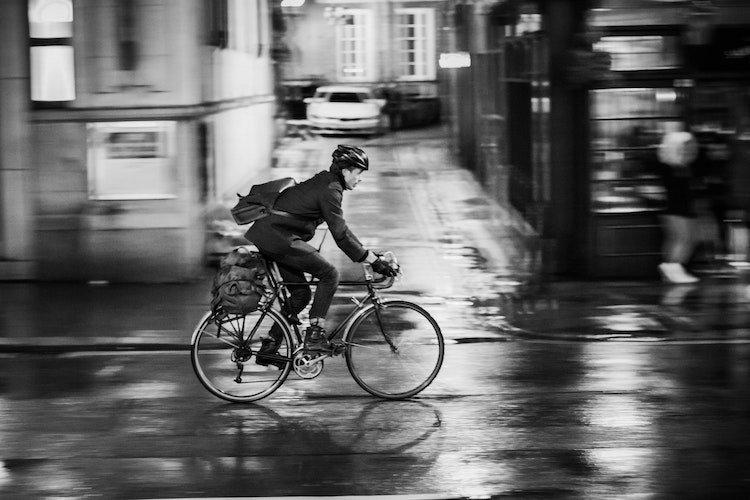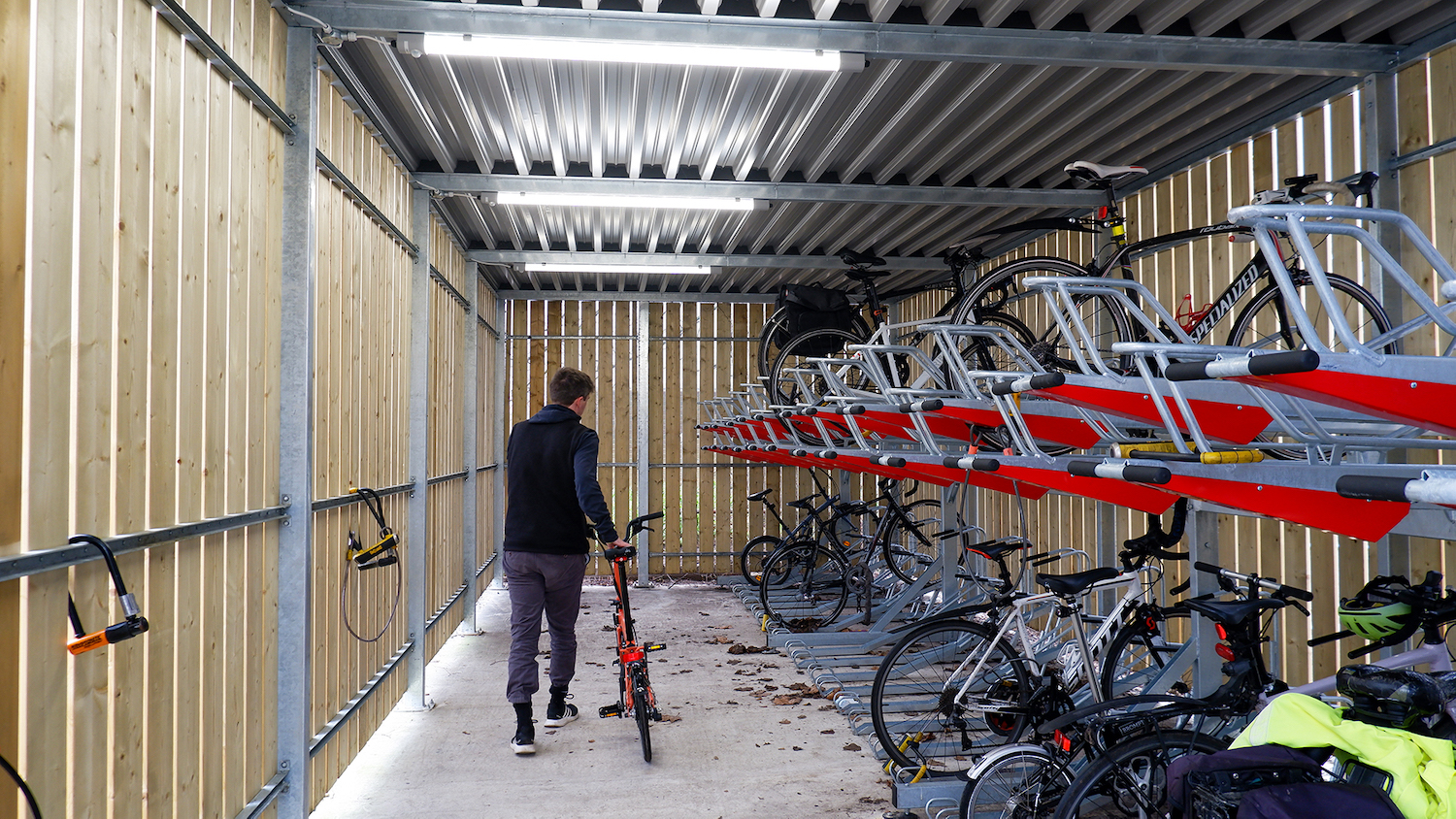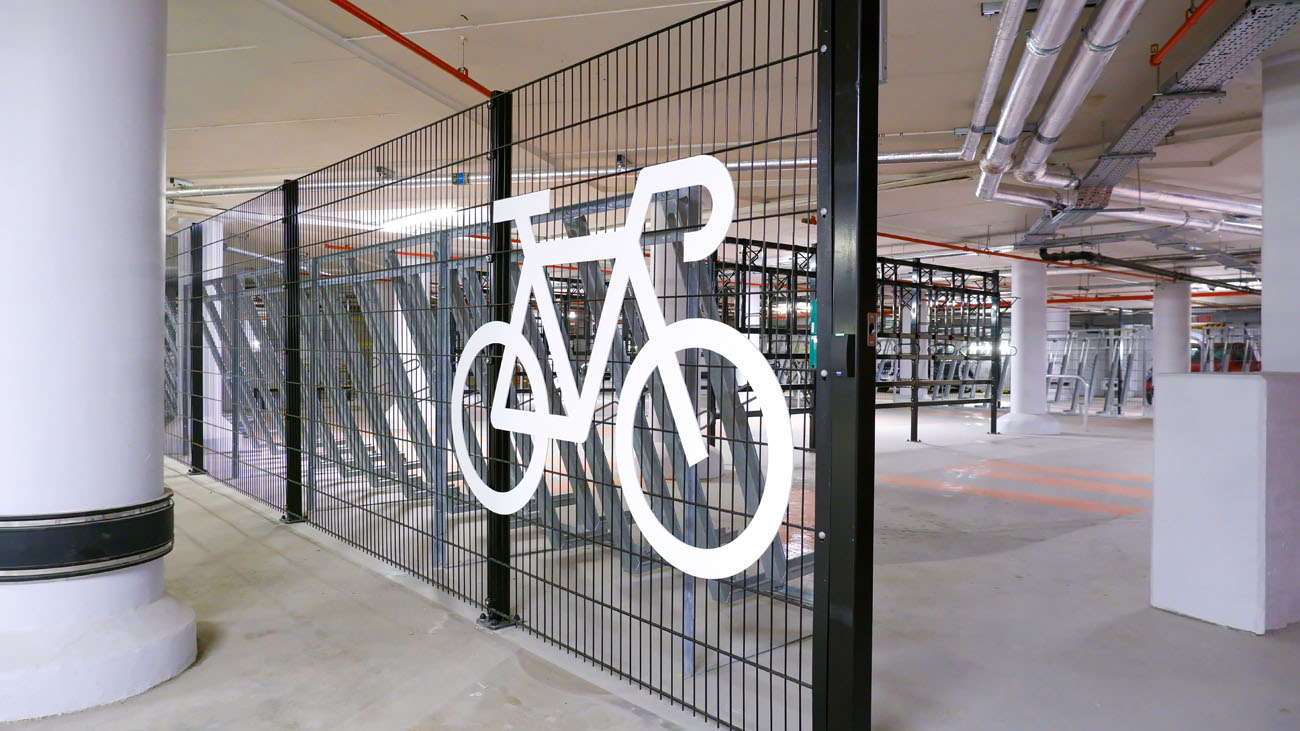For the first morning in months, it’s raining. And perhaps without coincidence, it’s a lot quieter in our office building.
The boom in flexible working has arrived with an increase in those cycling to work. And so on those dark, wet, autumnal mornings, it is to be expected that many might be tempted to work from home.
But fear not, commuting in the rain with the correct preparation isn’t so bad. It can be rewarding to stick it out, and once you know what you’re doing you’ll have the freedom to cycle in all but the most biblical conditions.
Here are some top tips on how to weatherproof your commute.
Looking after your bike
While the summer months are kind on your bike, autumn and winter bring more challenges. Water, grit, and mud wear down components quickly.
Your chain will require closer attention. At least once a week make sure to fully clean and dry your chain before reapplying a wet lubricant. Wet lube lasts longer through wet weather than dry lube and is a must for the English winter.
Be aware that if you’re on rim brakes, both the rim and brake pads will wear quicker. Your braking performance will also suffer in the wet, so be sure to get comfortable with the increased braking distance.
If you’re thinking about a new bike for winter, or you’re lucky enough to choose between several, disc brakes are recommended for their superior performance in wet weather.
Running wider tyres will help improve grip. Alternatively lowing your tyre pressures means you increase the surface area of your tyre, again helping grip on wet roads.
Mudguards and lights
Also helping protect your bike are mudguards. They’ll keep the mud and grit away from your bike and components, which thankfully means cleaning your bike less often.
But on top of that, mudguards are incredibly good at keeping your backside and feet dry. On the vast majority of rainy commutes you won’t be cycling in heavy downpours, but the roads will have a lot of standing water.
Mudguards keep that road spray away from you and your clothes. You’ll be shocked at the difference it makes.
Always travel with a rear light in the rain. Road spray and darker clouds decrease visibility, so make sure you don’t go unseen.
Waterproofing
The right technical clothing is going to make a massive difference to your comfort on and off the bike.
Start with a quality, fully waterproof jacket. Keeping your core dry will keep you warm. But you won’t want to overheat so look for breathable materials. The initial outlay can be steep, but you’ll pay for much better quality.
Waterproof overtrousers are great for avoiding a change of clothes at work. Keeping your backside dry also helps prevent saddle sores. Again, cycling specific trousers can cost more but will be reinforced in the right areas and should provide better breathability.
Overshoes or waterproof cycling shoes will avoid you having to walk around the office with wet feet. Waterproof socks are an alternative, but tend not to work as well as overshoes.
For shorter journeys, a full waterproof poncho is a good option. Inexpensive from mainstream retailers like Decathlon, they’re ideal if you need to make quick journeys across the city. For longer commutes they lack performance focus, but for Dutch style cycling they’re a functional and popular choice.
Finally, you’ll need either waterproof panniers or a waterproof rucksack. For obvious reasons you’ll want your laptop to stay dry, as well as your change of clothes. A cheaper hack is a waterproof rucksack cover.
Arriving at the office
Once you get to your office, the benefit of active travel facilities becomes apparent. Depending on your building, you may have showers, changing rooms, drying rooms, kit lockers, or bike repair facilities.
However cycle friendly your facilities are, having a change of clothing and shoes means that even in the worst weather conditions you’ll be able to start the day dry.
You can save on carrying too much with you if you have access to kit lockers. Drying rooms are there to leave your wet clothes through the day, and a bike repair station and pump means you can repair winter punctures and tighten any loose bolts.
However you choose to weatherproof your commute, you’ll never regret cycling to work.





